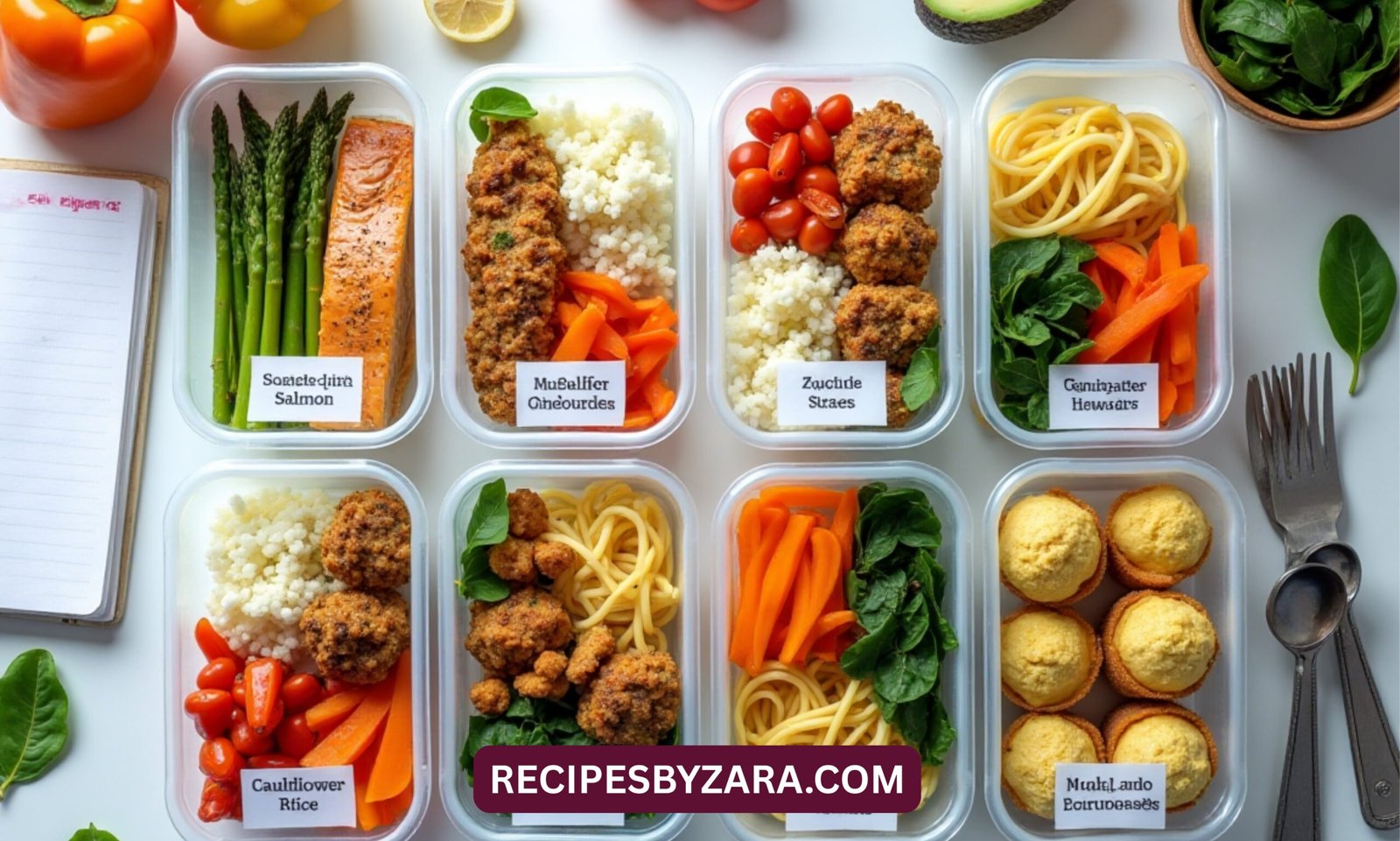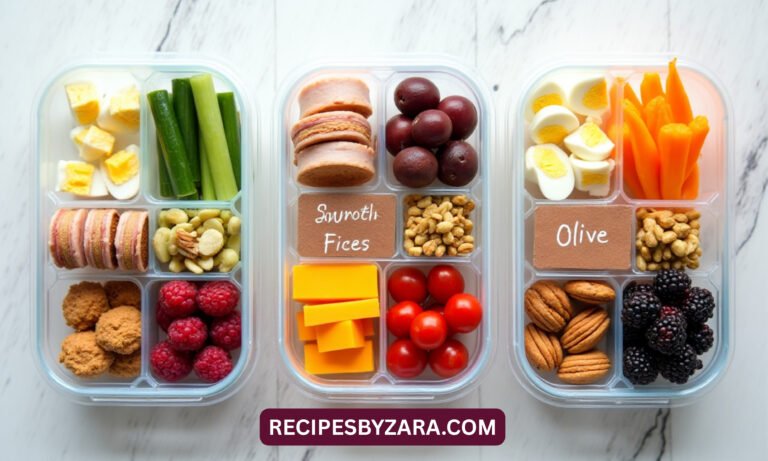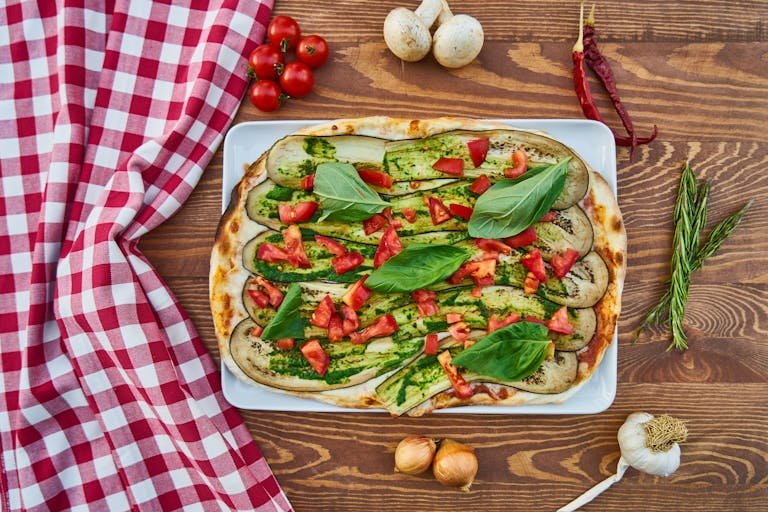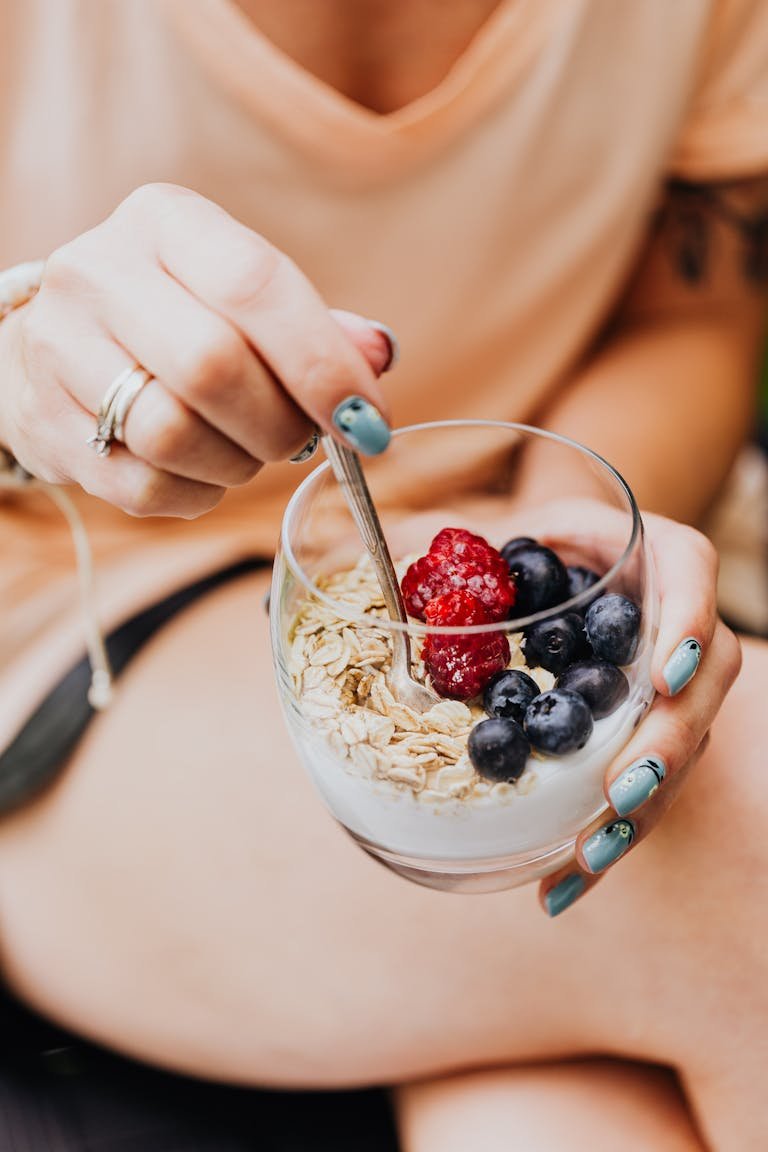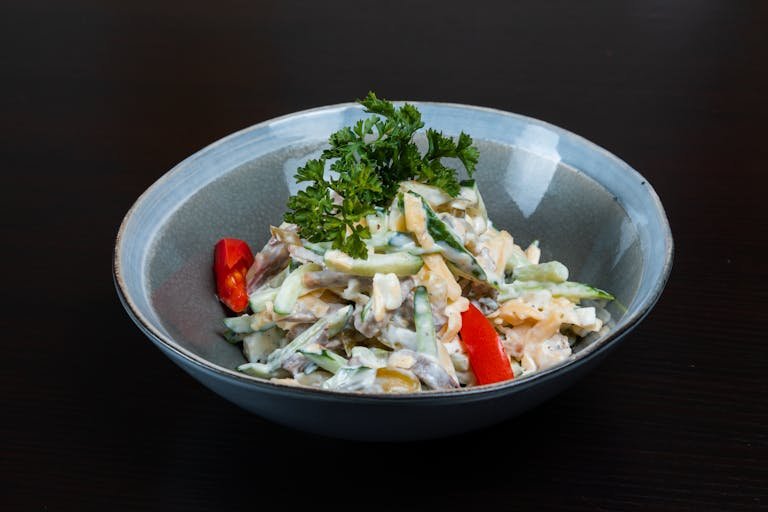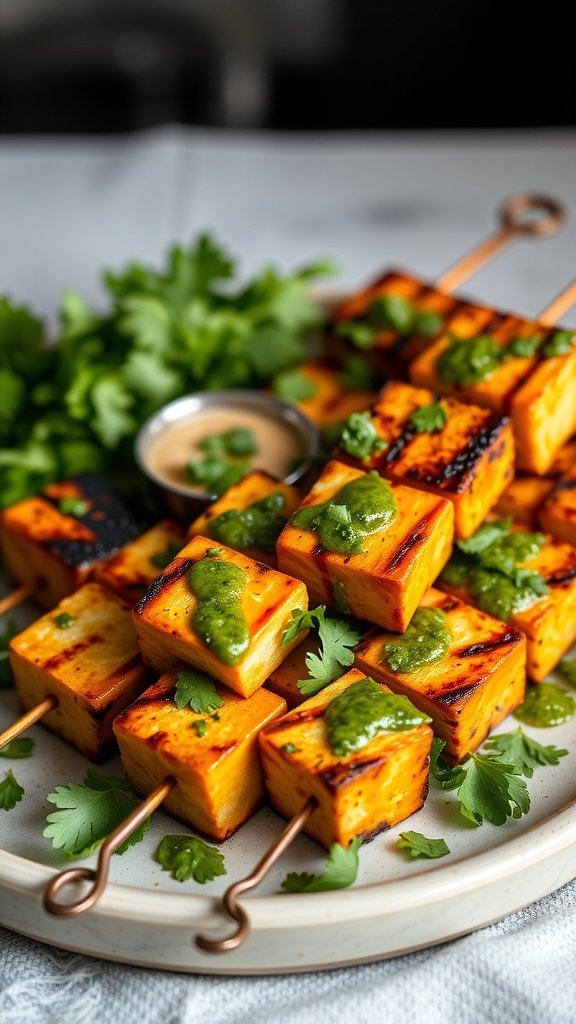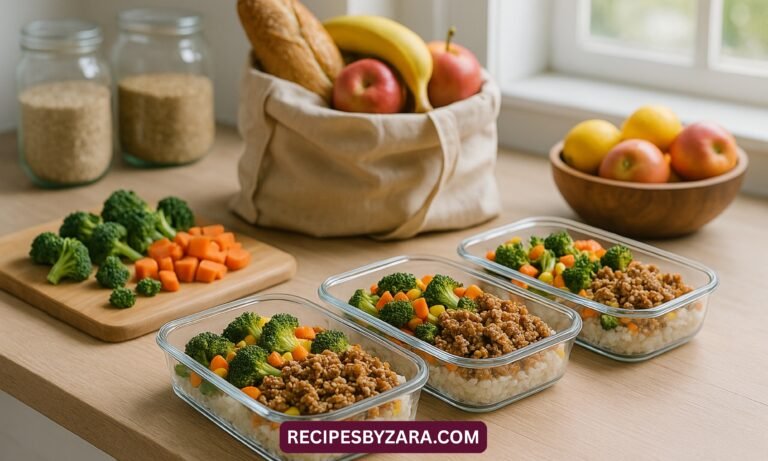Low Carb Meal Prep for Weight Loss: Complete Weekly Plan
A low-carb meal prep for weight loss routine with this complete weekly plan. Learn how to prep efficiently, eat clean, and stay on track with a sustainable 7-day strategy.
In today’s fast-paced world, finding time to eat healthy can be a challenge. That’s where low-carb meal prep for weight loss comes in as a practical and effective solution. Instead of scrambling for food when you’re hungry, having your meals ready in advance helps you stay consistent, reduce cravings, and control your calorie intake.
Low-carb diets are widely recognized for promoting fat loss, controlling blood sugar levels, and improving overall energy. But doing it right requires planning. A proper weekly low-carb meal plan ensures your meals are balanced, nutrient-dense, and ready when you need them.
This article offers a complete walkthrough of how to implement low-carb meal prep for weight loss from scratch. We’ll cover the science, strategies, tools, full 7-day meal suggestions, and everything else you need to succeed without feeling overwhelmed or deprived.
1. Why Low-Carb Meal Prep Works for Weight Loss
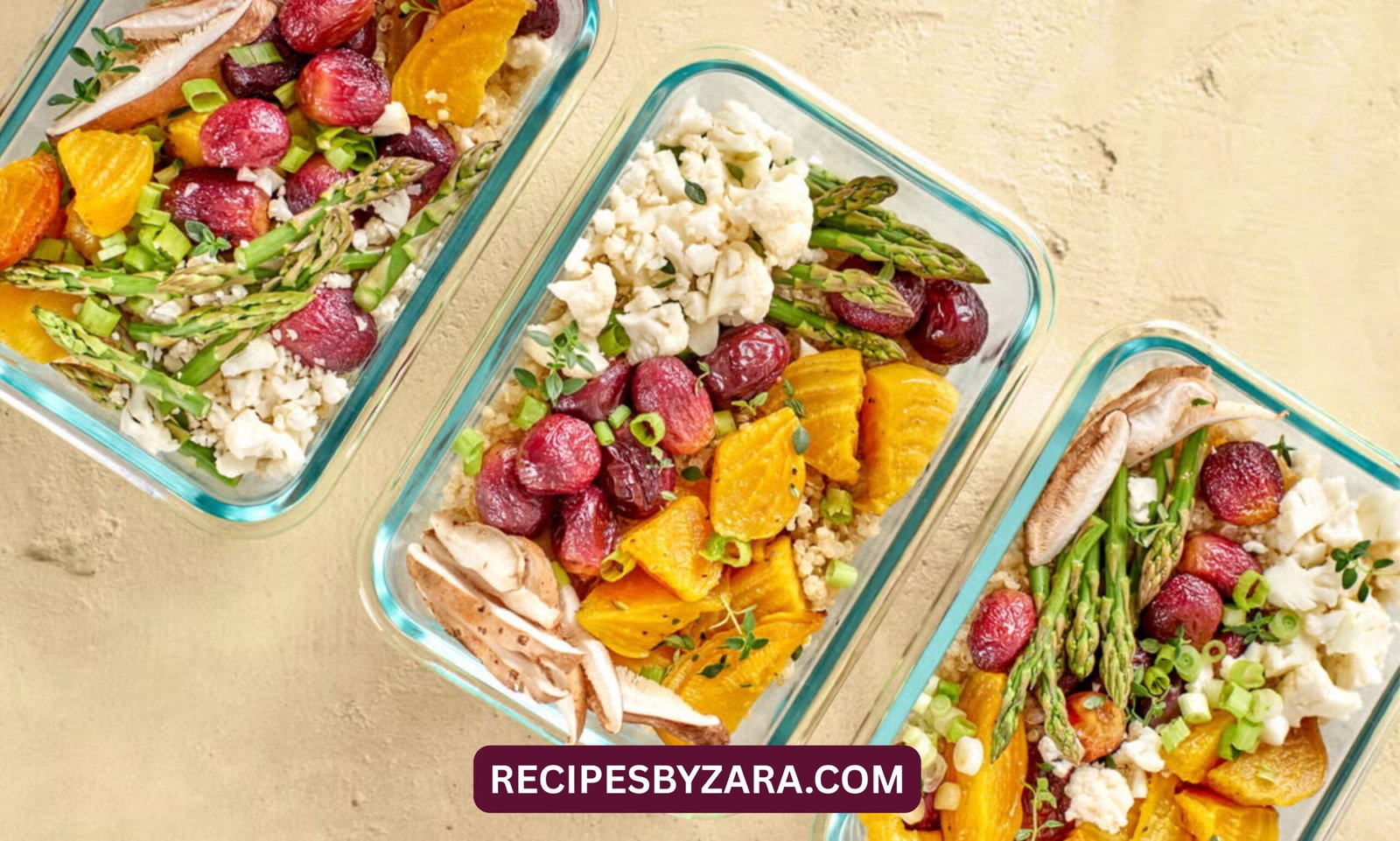
The idea behind low-carb meal prep for weight loss is rooted in how your body processes energy. Carbohydrates, when consumed in excess, are quickly broken down into glucose, spiking blood sugar and insulin levels. This can lead to fat storage rather than fat burning. By lowering your carb intake, your body starts using fat for fuel, which naturally supports fat-burning meals and weight loss meal plan goals.
When you prep your meals in advance, you gain complete control over what you eat. There’s no guessing, no last-minute fast food runs, and no temptation to grab a high-carb snack. This is key to building a sustainable, clean eating low-carb meals routine.
Another benefit is the reduction of decision fatigue. With a low-carb weekly meal plan, you already know what you’ll be eating, which reduces stress and keeps you focused on your goals. You’ll also find it easier to hit your macronutrient targets, especially if you’re tracking for portion-controlled meals or insulin resistance diet purposes.
Moreover, combining a keto-friendly meal prep approach with portion control helps avoid overeating, even with low-carb foods. When meals are pre-measured and balanced, you’re far more likely to stay within your daily calorie needs while still feeling full and satisfied.
2. Essentials of a Low-Carb Diet
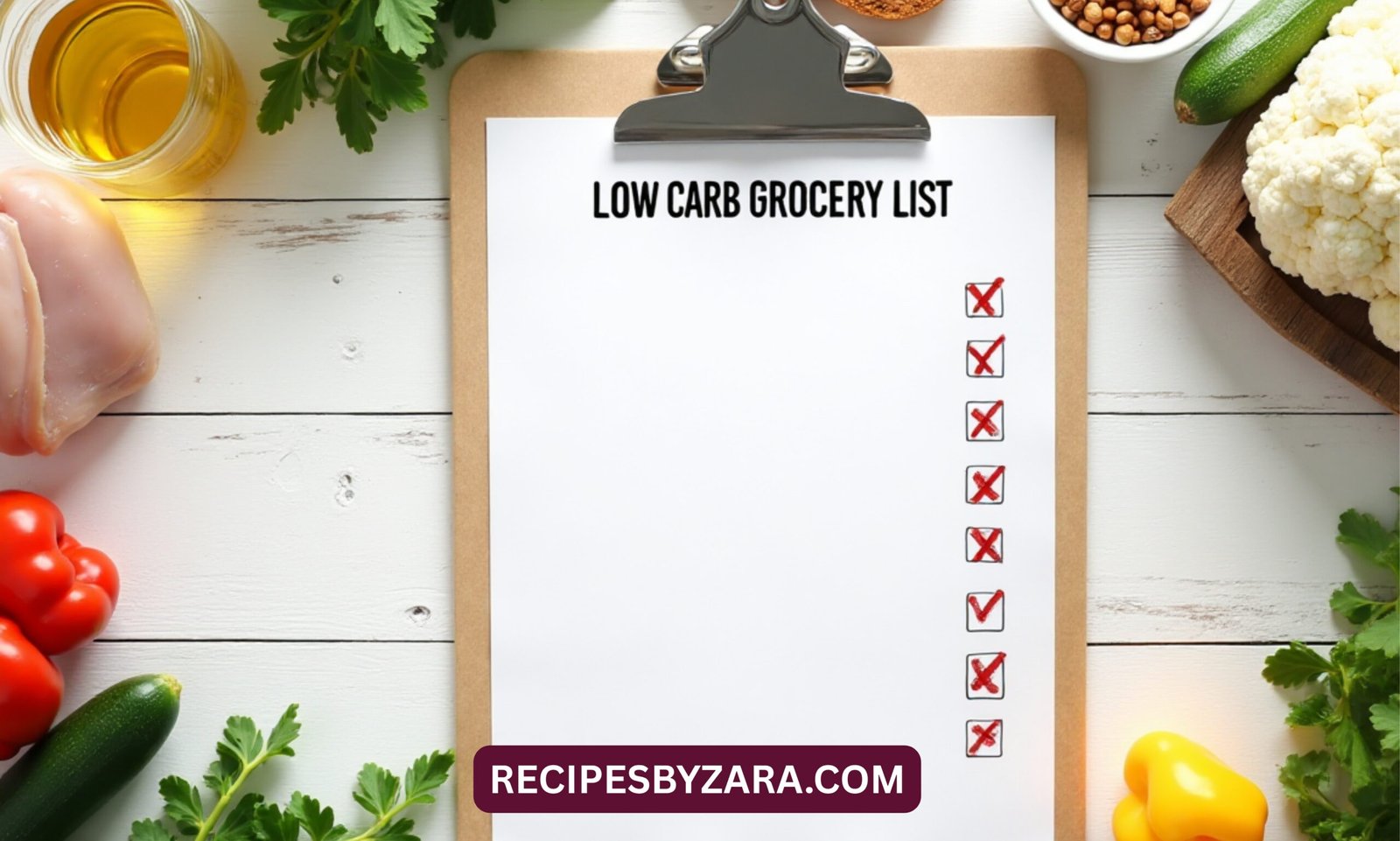
Before jumping into your prep schedule, it’s important to understand what a low-carb diet actually looks like. Generally, a low-carb diet plan restricts total carbohydrate intake to around 20–100 grams per day depending on your goals. Most of your calories come from protein, healthy fats, and low-carb vegetables.
Your shopping list should include items like lean meats, eggs, cheese, leafy greens, cucumbers, bell peppers, and low-carb vegetables like cauliflower, zucchini, and spinach. Avoid sugary foods, refined grains, and starchy vegetables like potatoes and corn. This is where a detailed low-carb grocery list becomes your best friend.
Also, don’t forget to add pantry staples that support easy low-carb recipes: almond flour, coconut oil, chia seeds, canned tuna, olive oil, and spices. These are the foundations of your cooking routine and allow you to stick to your diet without getting bored.
Equally important is awareness of hidden carbs in sauces, condiments, and beverages. Many beginners unknowingly sabotage their progress by not reading labels. To avoid this, prep your own dressings and sauces when possible and stick to carb-conscious diet products with minimal ingredients.
3. Tools & Storage for Effective Meal Prep
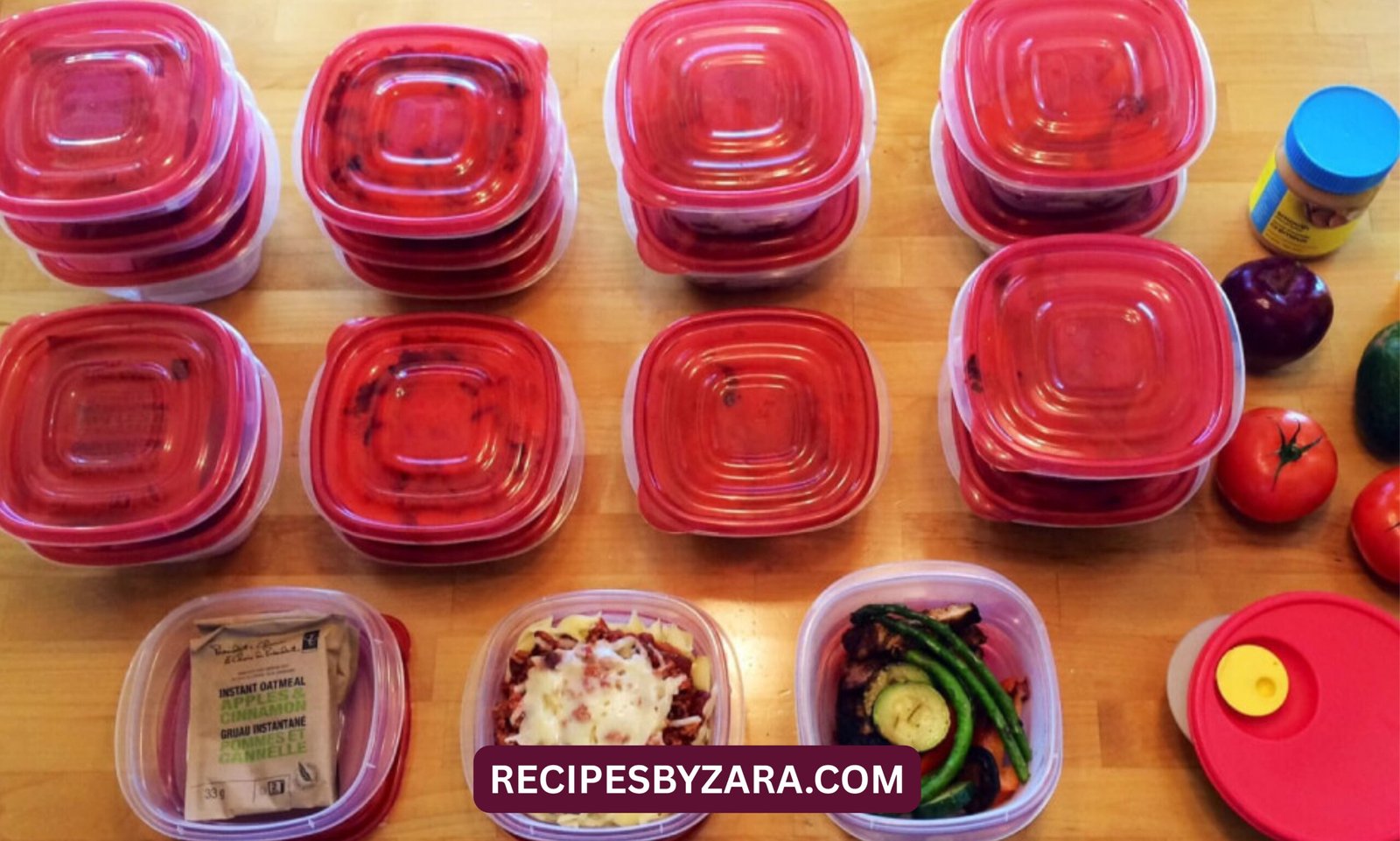
To successfully follow a low-carb meal prep for weight loss plan, you’ll need some essential tools that make the process smoother. First, invest in high-quality food storage containers. Choose microwave safe containers or glass ones that are BPA-free, stackable, and portion-sized.
Labeling is another game-changer. By labeling your meals with the prep date and content type, you’ll maintain freshness and avoid confusion. It’s a small step that prevents food waste and keeps your routine organized, an essential element of any weekly diet plan.
Basic tools like a food scale, measuring cups, and cutting boards will also go a long way. When prepping meals in batches, accuracy matters. Measuring ensures you’re following portion control guidelines, especially when managing a keto weight loss tips regimen.
Lastly, having a designated space in your fridge or freezer for prepped meals keeps things streamlined. Use containers that are freezer-friendly for extra meals and label them with food rotation tips. This way, you’re never caught off guard with nothing to eat when life gets busy.
4. How to Build a Low-Carb Weekly Meal Plan
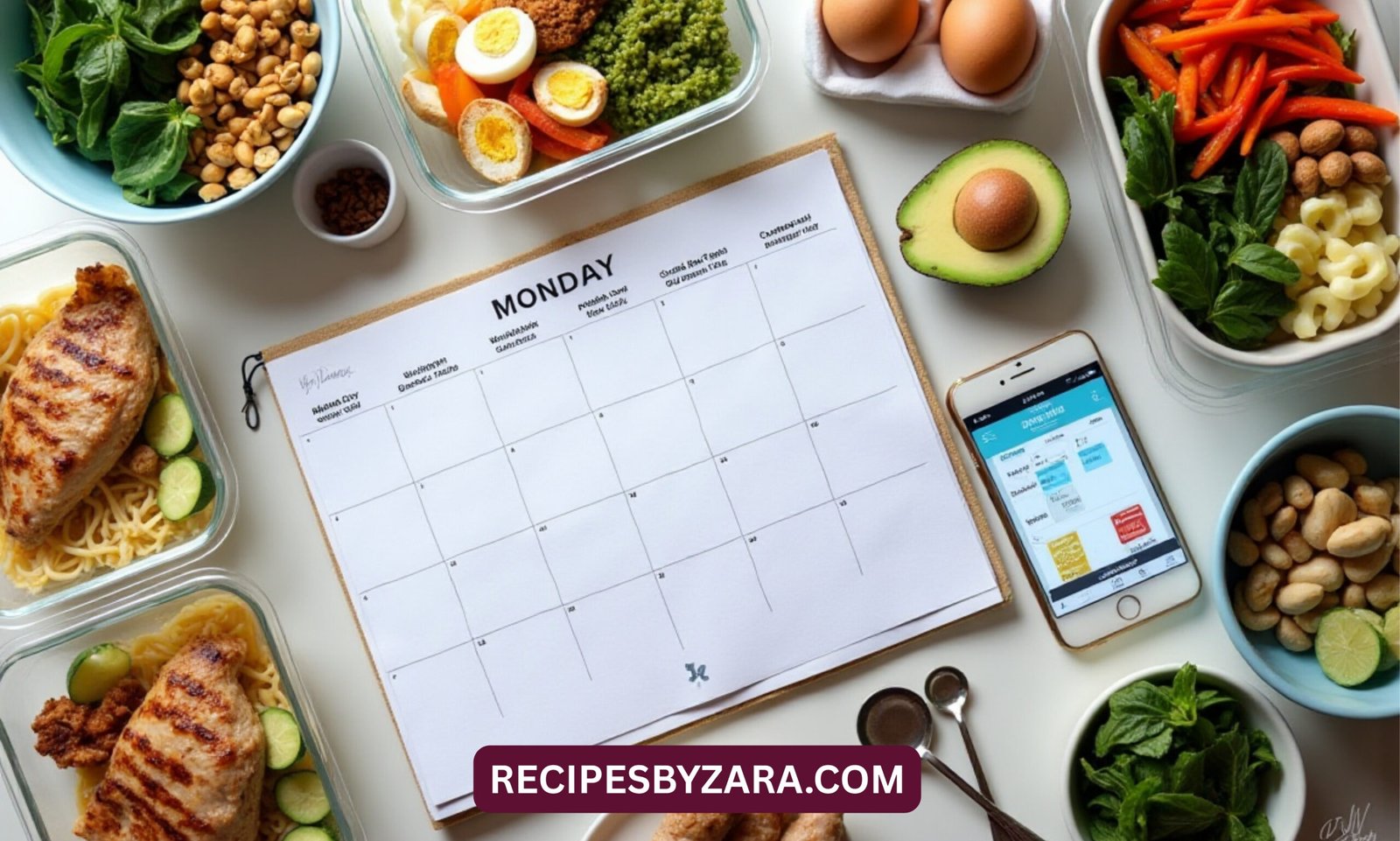
Creating a structured low-carb weekly meal plan doesn’t have to be difficult. Start by identifying how many meals you’ll need each day. Most people prep for lunch and dinner, but adding low-carb breakfast ideas and snacks ensures you’re fully covered.
Begin with batch cooking proteins like grilled chicken, turkey mince, boiled eggs, or tofu. Then choose your veggie based cauliflower rice, sautéed spinach, roasted bell peppers, or zucchini noodles. These can be mixed and matched with different sauces and herbs for variety throughout the week.
Aim to meet your macronutrient targets by balancing proteins, fats, and carbs. Use digital tools to estimate your daily needs. Incorporating lean protein for prep along with fiber-rich vegetables and healthy fat sources like avocado or nuts will keep you energized and full longer.
Finally, budget your shopping by focusing on affordable meal prep ideas. Buying in bulk and choosing in-season produce can significantly cut costs. Prepping meals in one or two sessions per week will save you hours and reduce the stress of last-minute cooking decisions.
5. Full 7-Day Low-Carb Meal Prep Plan (With Recipes)
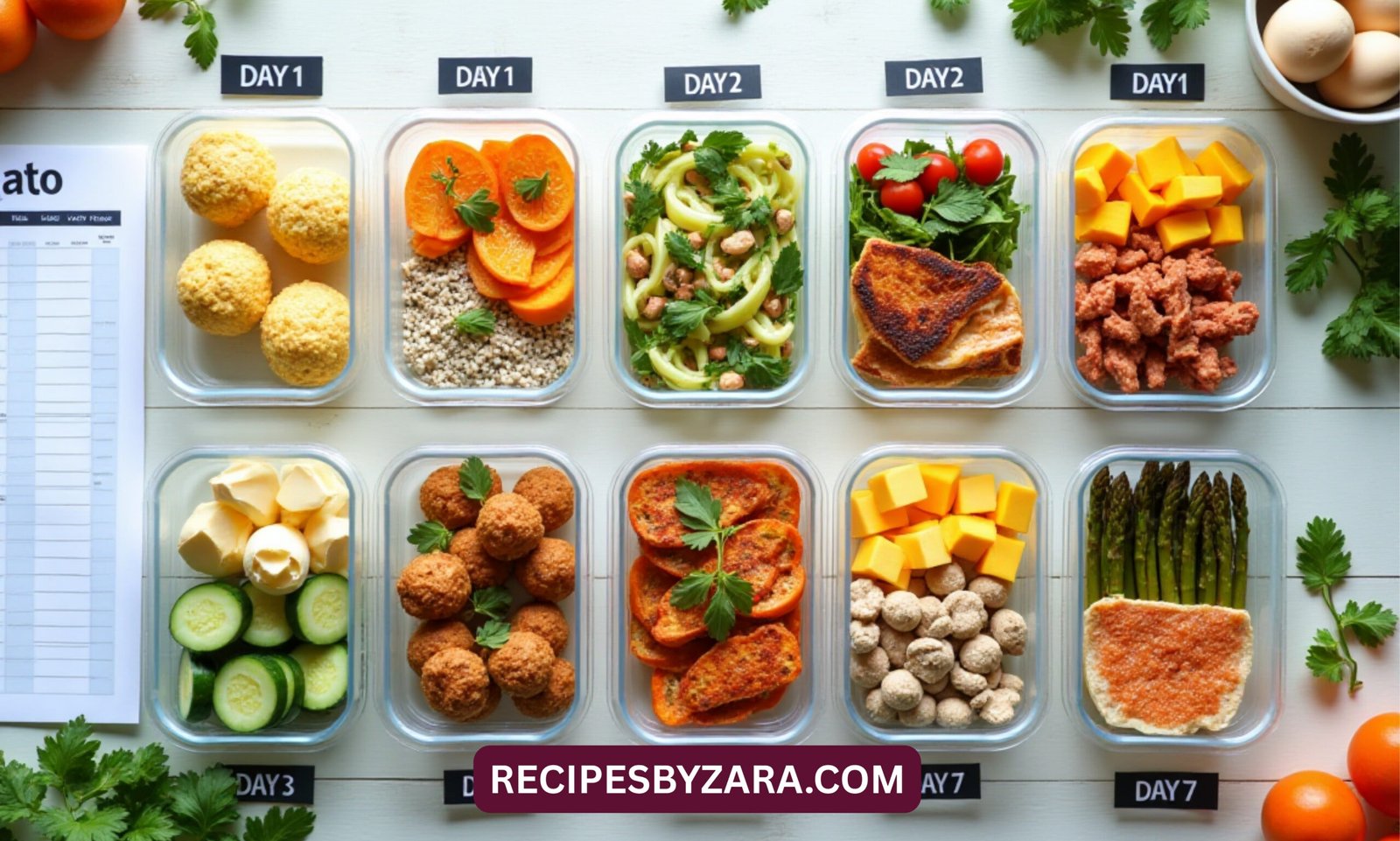
Here’s a complete 7-day keto meal plan that aligns with a low-carb meal prep for weight loss strategy. Each day offers variety while staying under the carb limit.
Day 1–2:
- Breakfast: Egg muffins with spinach and cheese
- Lunch: Grilled chicken breast with cauliflower mash
- Dinner: Zucchini noodles with turkey meatballs
Day 3–4:
- Breakfast: Chia seed pudding with almond milk
- Lunch: Tuna salad with leafy greens and olive oil
- Dinner: Lettuce wrap tacos with ground beef and guacamole
Day 5–7:
- Breakfast: Scrambled eggs with avocado and salsa
- Lunch: Chicken and broccoli stir-fry with coconut aminos
- Dinner: Baked salmon with asparagus and lemon butter
For snacks, keep items like boiled eggs, cheese cubes, cucumber slices, and low-carb snacks such as mixed nuts or jerky on hand. These additions keep your hunger in check and prevent you from reaching for carb-heavy alternatives.
Use freezer-friendly low-carb meals for days when you don’t have time to cook or prep. For example, make extra meatballs or stir-fry and store them for later use.
6. Tips to Stay on Track with Your Low-Carb Prep
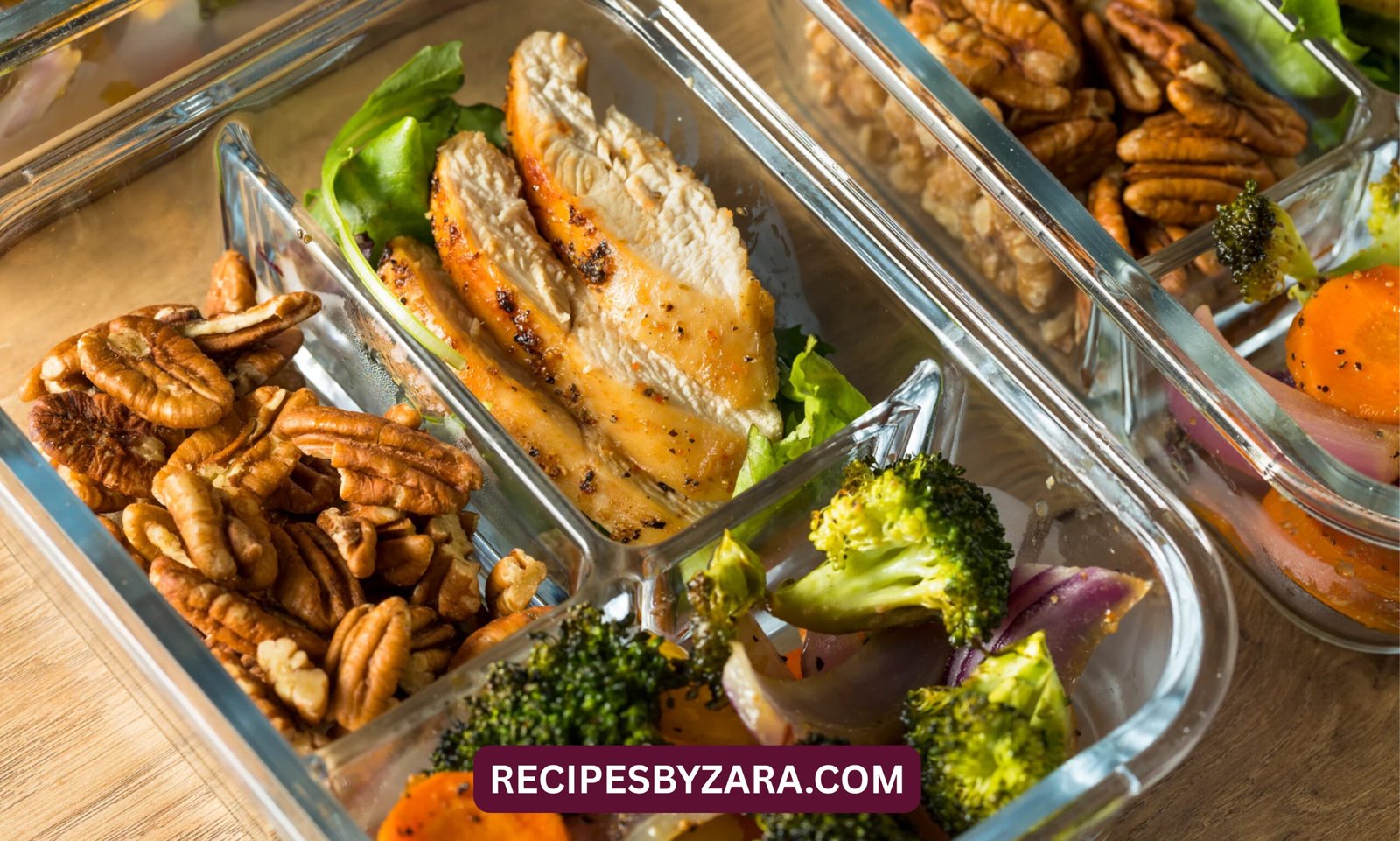
Staying consistent with your low-carb meal prep for weight loss journey requires a few smart habits. First, rotate your meals to avoid meal boredom. You don’t need brand-new recipes every week, but small tweaks in sauces, seasonings, or proteins can refresh your weekly menu.
Use low-carb food swaps like cauliflower rice instead of regular rice, almond flour for baking, and zoodles in place of pasta. These quick low-carb recipes keep you in ketosis or fat-burning mode without feeling deprived.
Keep a bank of prep meals in advance and mix them according to your schedule. For example, prep a few low-carb soup ideas for colder days or make diet-friendly meals that work well for family dinners too.
Lastly, track your meals weekly using a planner or app. Seeing your progress builds motivation and helps refine your plan over time. It also ensures that your meals are hitting your daily targets, whether your focus is fat loss, muscle gain, or just improved energy.
7. Mistakes to Avoid When Doing Low-Carb Meal Prep

Even with the best intentions, beginners make common mistakes that derail their success. One major mistake is overdoing it on dairy or high-fat processed foods. While these are low in carbs, they can be calorie-dense and slow progress if not balanced correctly.
Another common issue is not accounting for hidden carbs. Be mindful of sauces, marinades, and drinks. Even healthy-sounding items can contain sugar or starch. Always read labels and opt for sugar-free meal prep whenever possible.
Don’t rely too heavily on processed “keto” snacks. While convenient, they’re often loaded with preservatives and may not support a clean, sustainable diet. Stick to whole, nutrient-rich ingredients for best results.
Finally, skipping proper storage can ruin your efforts. Failing to label and organize your meals can lead to spoiled food, wasted money, and missed opportunities to stay on track. Implementing fridge meal prep organization will save you in the long run.
Conclusion
Low-carb meal prep for weight loss isn’t just a trendit’s a lifestyle approach that offers control, consistency, and results. By planning your meals, understanding your macros, and sticking to real food, you’re building habits that serve your health long-term.
This complete weekly plan gives you the foundation to succeed. With batch cooking, smart substitutions, and food safety in place, you’ll spend less time stressing about food and more time enjoying your journey. Whether your goal is to slim down, control blood sugar, or just feel more energized, meal prepping low-carb is a powerful tool to have in your arsenal.
FAQs
Q1: Can I do low-carb meal prep as a vegetarian?
Yes, vegetarians can absolutely follow a low-carb meal prep for weight loss plan. Focus on foods like tofu, tempeh, eggs, cheese, nuts, and leafy greens. Include low-carb vegetables like broccoli, zucchini, and spinach to keep carbs in check while meeting protein needs.
Q2: How many meals should I prepare per week?
It depends on your schedule, but most people prepare 5–10 meals to cover lunch and dinner. Some even prepare all three meals plus snacks using batch cooking and freezer-friendly low-carb meals. Start small, then scale up once you find your rhythm.
Q3: Will I lose weight faster on a low-carb diet?
Many people experience faster weight loss initially due to water loss and reduced insulin levels. Over time, fat loss becomes the focus. Combining low-carb recipes for weight loss with portion-controlled meals ensures steady and sustainable progress.
Q4: Can I include snacks in my meal prep?
Absolutely. Include low-carb snacks like cheese sticks, nuts, hard-boiled eggs, and sliced vegetables. These prevent hunger between meals and reduce the temptation to reach for high-carb alternatives, helping you stick to your weight loss meal plan.
Q5: What if I get bored of the same meals?
Variety is key. Rotate recipes, switch proteins weekly, and explore quick low-carb recipes online. Having a rotating weekly low-carb meal plan helps avoid burnout and keeps your meals enjoyable, even over the long term.
